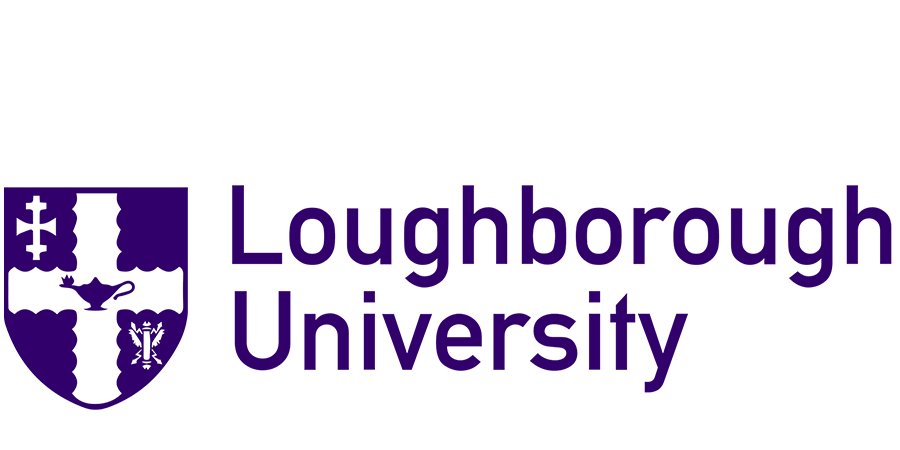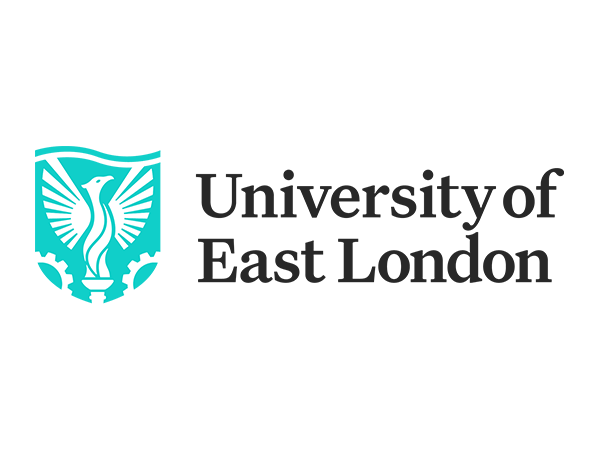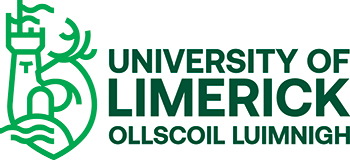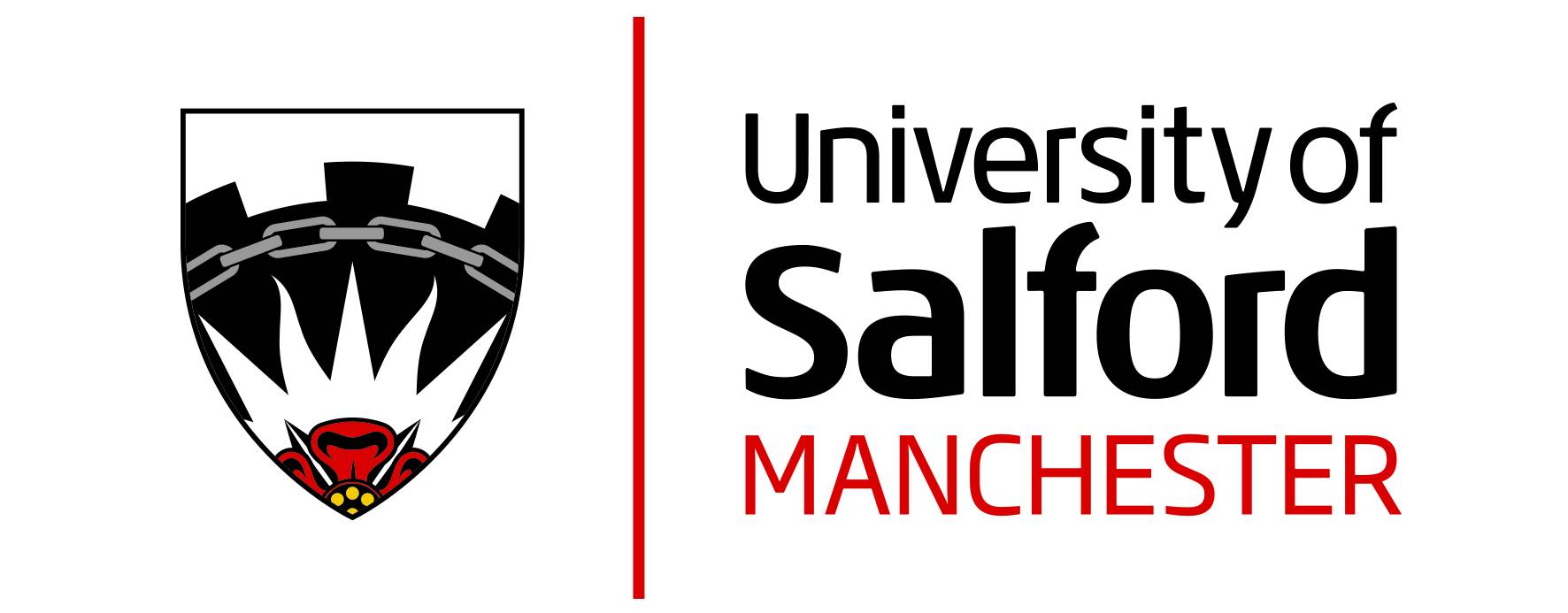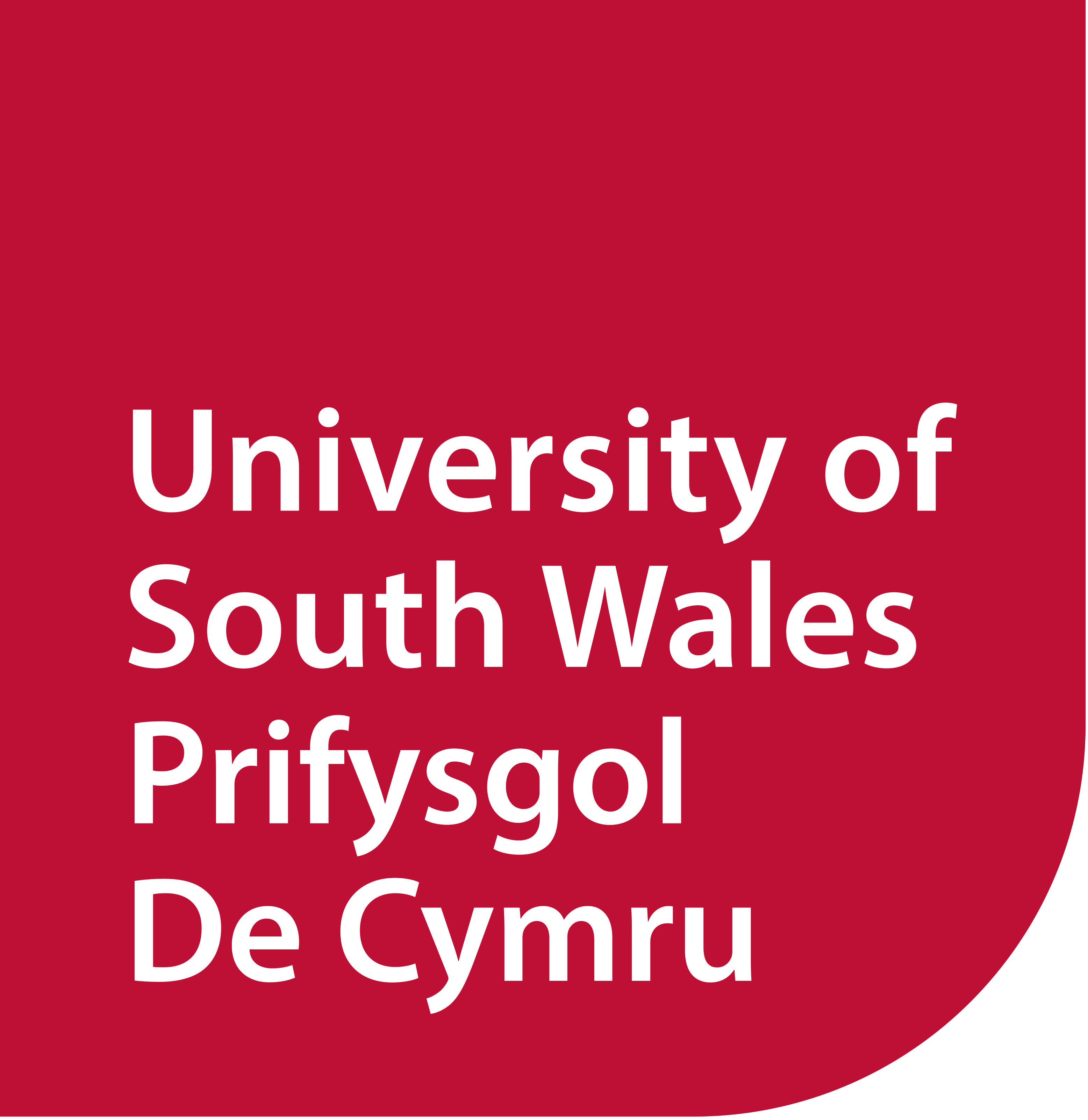Aeronautical Engineering: Soar to New Heights in Your Career
Aeronautical Engineering is a thrilling and dynamic field that focuses on the design, development, testing, and production of aircraft and spacecraft. For Indian students dreaming of a career in aviation, aerospace, or space exploration, studying Aeronautical Engineering abroad opens doors to world-class education, cutting-edge technology, and global opportunities. Whether you're passionate about building the next generation of fighter jets, commercial airplanes, or satellites, this degree equips you with the skills to make it happen.
India's aviation sector is booming, with companies like HAL, ISRO, and private players like Tata and Boeing expanding rapidly. However, to stand out in this competitive industry, an international degree from renowned universities provides unmatched expertise and exposure. In this guide, we'll explore everything you need to know about pursuing Aeronautical Engineering abroad as an Indian student, from course details to career prospects.
Why Choose Aeronautical Engineering?
Aeronautical Engineering combines principles of physics, mathematics, and engineering to solve real-world challenges in flight and space travel. It's not just about airplanes—it's about innovation in propulsion systems, aerodynamics, avionics, and materials science. With the global aerospace market projected to reach $1 trillion by 2030, graduates are in high demand.
- High Earning Potential: Starting salaries abroad can range from $60,000–$90,000 annually, while in India, freshers earn ₹5–10 lakhs per annum, rising quickly with experience.
- Global Impact: Contribute to missions like NASA's Artemis or ISRO's Gaganyaan.
- Diverse Specializations: From drone technology to sustainable aviation fuels.
- Job Security: The field is recession-proof due to constant advancements in defense and commercial sectors.
Course Structure and Duration
Most Aeronautical Engineering programs abroad are offered as Bachelor's (BEng/BSc) or Master's (MEng/MSc) degrees. Bachelor's programs typically last 3–4 years, while Master's take 1–2 years. PhD options extend to 3–5 years for research-focused careers.
The curriculum is hands-on, blending theory with practical labs, simulations, and industry projects. Expect to study core subjects like fluid mechanics, thermodynamics, structural analysis, and control systems.
Typical Modules in a Bachelor's Program
| Year | Key Modules | Focus Areas |
|---|---|---|
| Year 1 | Mathematics, Physics, Introduction to Engineering | Building foundational knowledge in mechanics and materials. |
| Year 2 | Aerodynamics, Propulsion, Structural Mechanics | Understanding flight principles and aircraft design basics. |
| Year 3 | Avionics, Flight Dynamics, Aerospace Materials | Advanced topics like electronics in aircraft and simulation software. |
| Year 4 (Optional for MEng) | Capstone Project, Sustainable Aviation, Space Systems | Industry placement or research thesis on real-world applications. |
For Master's students, programs emphasize specialization, such as computational fluid dynamics (CFD) or unmanned aerial vehicles (UAVs). Many universities offer integrated programs allowing progression from BEng to MEng without reapplying.
Eligibility Criteria for Indian Students
As an Indian student, you'll need a strong academic background to qualify for Aeronautical Engineering programs abroad. Requirements vary by country and university, but here's a general overview:
- Academic Qualifications: For Bachelor's, complete 10+2 with Physics, Chemistry, and Mathematics (PCM) scoring at least 60–70%. For Master's, a relevant Bachelor's degree with 55–65% marks.
- Entrance Exams:
- SAT/ACT for undergraduate programs in the US.
- GRE for Master's in the US/Canada (optional in UK/Australia).
- Many universities assess based on school grades alone.
- English Proficiency: IELTS (6.5+ overall), TOEFL (80+), or PTE (58+). Indian students often excel here due to English-medium education.
- Visa Requirements: Student visa (Tier 4 in UK, F-1 in US) requires proof of funds, acceptance letter, and sometimes a medical check.
- Portfolio/Interviews: Some programs may ask for a personal statement or interview to gauge your passion for aerospace.
Tip for Indian Applicants: Highlight any involvement in robotics clubs, NCC aviation wings, or science fairs in your application to stand out.
Top Destinations and Universities
Studying abroad in countries with strong aerospace industries gives you access to internships at giants like Boeing, Airbus, or SpaceX. Popular choices for Indian students include:
- United States: MIT, Stanford, Georgia Tech. Known for innovation and NASA ties. Tuition: $40,000–$60,000/year.
- United Kingdom: Imperial College London, University of Southampton. Focus on practical engineering. Tuition: £20,000–£30,000/year. Post-study work visa up to 2 years.
- Canada: University of Toronto, McGill University. Affordable and welcoming to internationals. Tuition: CAD 30,000–50,000/year. PR pathways available.
- Australia: University of Sydney, RMIT. Emphasis on aviation safety and design. Tuition: AUD 40,000–50,000/year. Work rights during studies.
- Germany: TU Munich, RWTH Aachen. Low or no tuition fees for internationals (just €300/semester admin). Strong in research; learn basic German for better opportunities.
These countries host a large Indian diaspora, making cultural adjustment easier with Indian groceries, festivals, and communities.
Career Opportunities and Salaries
Graduates in Aeronautical Engineering enjoy versatile career paths. In India, you can join DRDO, HAL, or airlines like IndiGo. Abroad, opportunities abound in R&D, manufacturing, and consulting.
Popular Job Roles
- Aerospace Engineer: Design aircraft components. Salary: ₹8–15 lakhs (India); $80,000+ (US).
- Avionics Engineer: Work on navigation systems. Salary: ₹10–20 lakhs (India).
- Flight Test Engineer: Ensure safety through testing. High demand in defense.
- Space Systems Engineer: For ISRO or SpaceX. Emerging field with satellite tech.
- Consultant/Analyst: In firms like Deloitte or KPMG for aviation projects.
With experience, salaries can exceed ₹50 lakhs in India or $150,000 abroad. Many Indian alumni return home to lead projects at Boeing India or contribute to Make in India initiatives in aerospace.
| Country | Average Starting Salary (USD) | Top Employers |
|---|---|---|
| USA | $70,000–$90,000 | Boeing, Lockheed Martin, NASA |
| UK | $50,000–$70,000 | Airbus, Rolls-Royce, BAE Systems |
| India (Post-Study) | $10,000–$20,000 (₹8–16 lakhs) | ISRO, HAL, Tata Advanced Systems |
| Canada | $60,000–$80,000 | Bombardier, MDA Space |
Benefits of Studying Abroad for Indian Students
Beyond academics, studying Aeronautical Engineering abroad builds global networks and soft skills. You'll gain exposure to diverse cultures, advanced labs (like wind tunnels), and internships that Indian universities might lack. For Indian students, it's a chance to experience independence while staying connected via apps like WhatsApp.
- Industry Exposure: Collaborate with international teams on projects like hypersonic flight.
- Research Opportunities: Access to grants for topics like green aviation, aligning with India's sustainability goals.
- Cultural Growth: Adapt to new environments, enhancing employability back home.
- Post-Study Work: Options like OPT in the US (up to 3 years for STEM) allow you to gain experience before returning.
Many Indian students find the transition smooth, with universities offering orientation for internationals and support for homesickness.
Application Process: Step-by-Step Guide
Applying from India is straightforward with online portals. Start 12–18 months in advance.
- Research Programs: Use sites like QS Rankings or Studyportals to shortlist universities.
- Prepare Documents: Transcripts, SOP (Statement of Purpose) explaining your interest in aeronautics, LORs from teachers, and resume.
- Take Exams: Book IELTS/TOEFL early; prepare via British Council or IDP in India.
- Apply Online: Through university websites or UCAS (UK). Application fees: $50–$100.
- Secure Funding: Apply for scholarships simultaneously.
- Visa Application: After offer letter, submit to embassies in Delhi/Mumbai. Processing: 4–8 weeks.
- Pre-Departure: Arrange accommodation, health insurance, and forex via banks like HDFC/ICICI.
Pro Tip: Attend education fairs in India (like IDP or QS events) for free counseling.
Scholarships and Financial Aid
Cost is a concern, but numerous scholarships ease the burden for meritorious Indian students. Tuition and living expenses range from ₹15–40 lakhs/year abroad.
- University-Specific: Imperial College offers £10,000 scholarships; Georgia Tech has need-based aid.
- Government Schemes: UK's Chevening (full funding for Master's), Australia's Endeavour Scholarships.
- Indian Options: Fulbright-Nehru for US, Inlaks Shivdasani Foundation (up to $100,000).
- Part-Time Work: 20 hours/week allowed in most countries, earning £8–15/hour.
- Loans: Education loans from SBI or Axis Bank at 9–11% interest, repayable after studies.
Scholarships prioritize STEM fields like Aeronautical Engineering, so highlight your 10+2 scores and extracurriculars.
Conclusion: Your Journey to the Skies Begins Here
Pursuing Aeronautical Engineering abroad is an investment in a future filled with excitement and achievement. As an Indian student, you'll bring unique perspectives to global challenges, from affordable aviation to space tech. With India's push towards self-reliance in defense, your international degree will position you as a leader. Ready to take off? Explore programs today and turn your passion into profession.
For personalized guidance, contact our study abroad counselors. Safe travels to your dream career!

